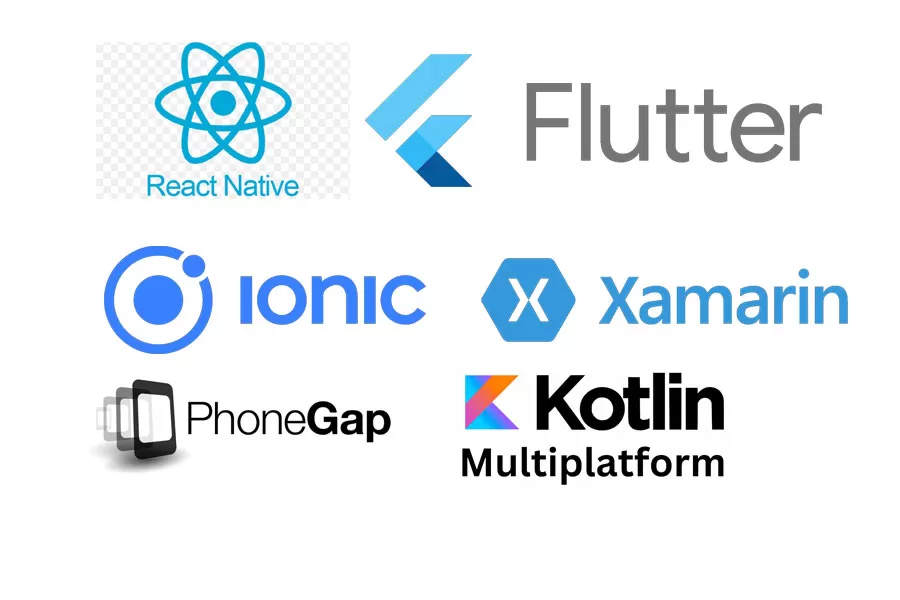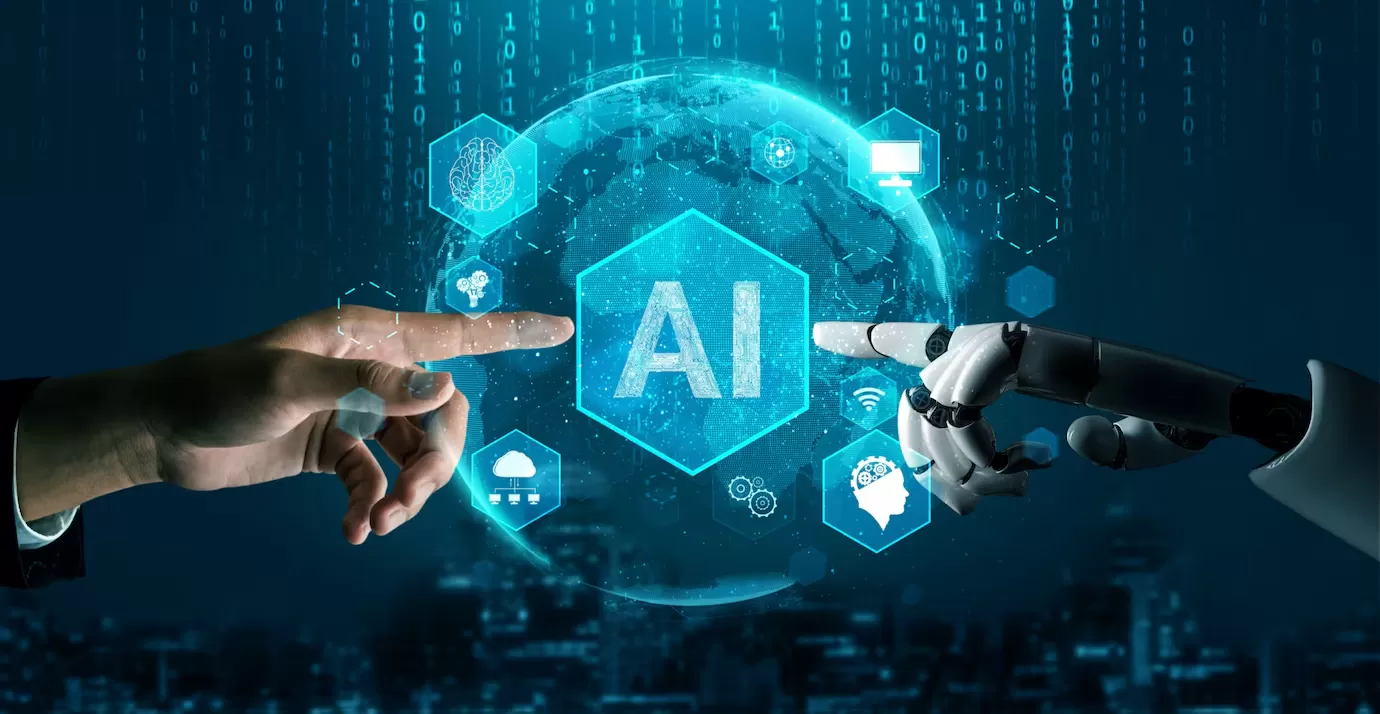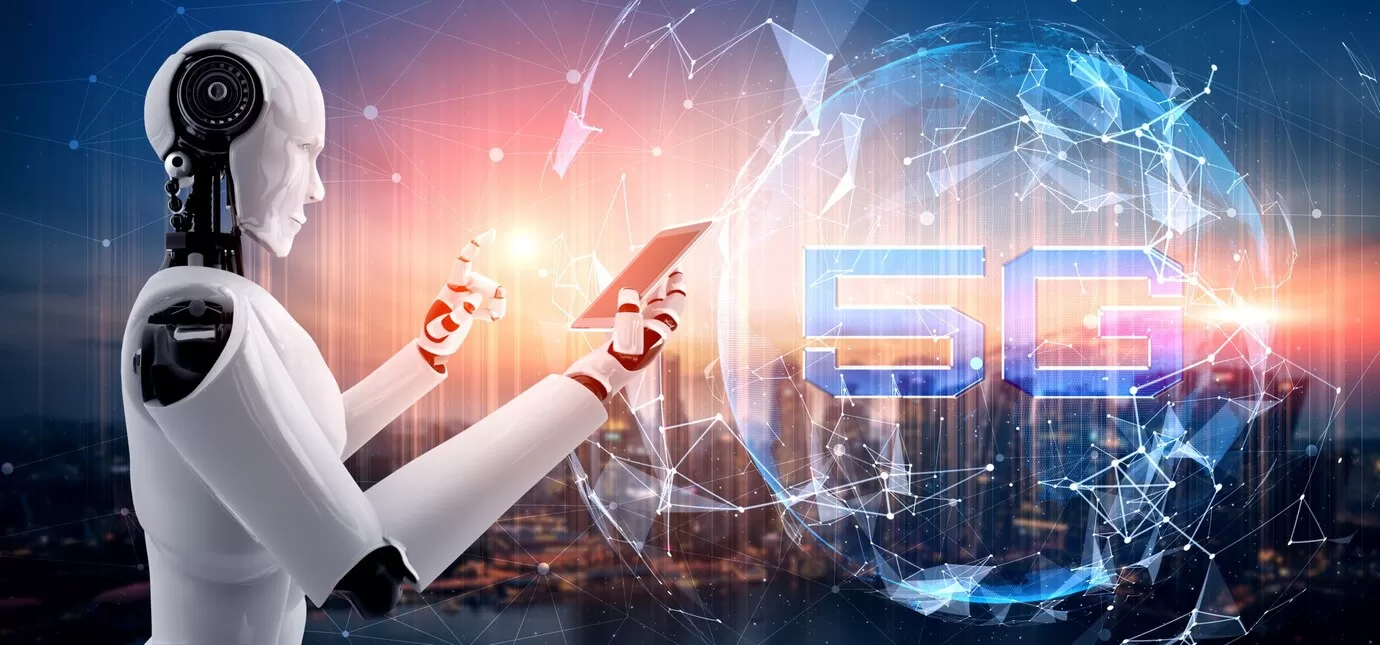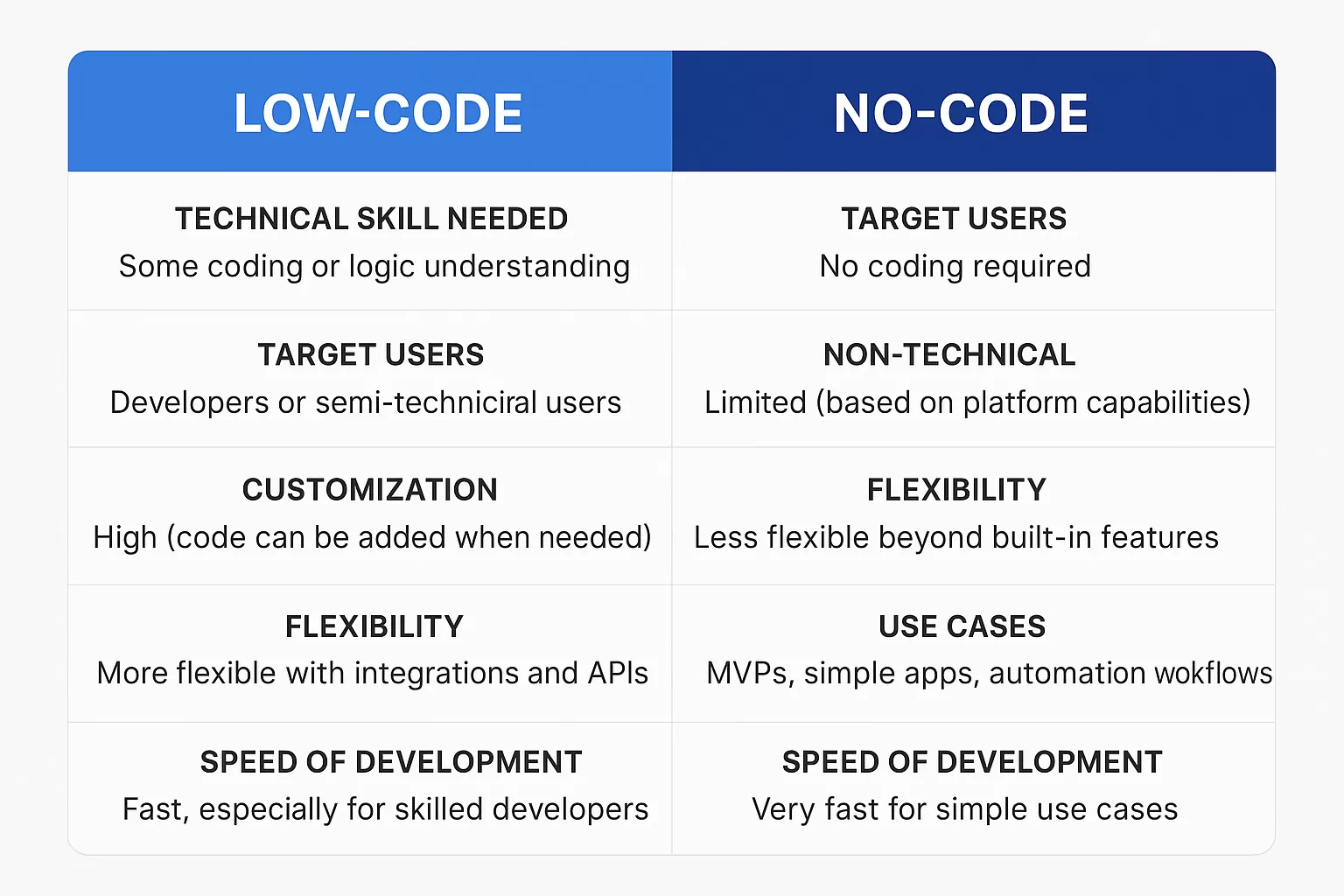The world of education is undergoing a profound transformation with the integration of Artificial Intelligence (AI), ushering in a new era often referred to as Education 4.0. This era is marked by the use of advanced AI technologies to enhance the learning experience, optimize teaching methods, and create a more personalized, accessible, and efficient educational environment. As we move deeper into this era, AI is poised to redefine how we learn, teach, and engage with educational content. Let’s explore the key aspects of AI in Education 4.0:
- Personalized Learning Experiences
- Adaptive Learning Systems: AI is enabling highly personalized learning paths tailored to each student's strengths, weaknesses, interests, and pace of learning. Through adaptive learning platforms, AI can dynamically adjust the curriculum and provide content that fits the learner’s unique needs.
- How It Works: By analyzing students' past performances, AI algorithms can identify patterns in their learning habits. If a student is struggling with a specific concept, the AI system can recommend additional resources, exercises, or explanations. Conversely, if a student is excelling, the system can offer more challenging materials to keep them engaged.
- Impact: This shift towards personalized education ensures that each student receives a learning experience suited to their individual abilities, leading to better outcomes and greater engagement.
- Intelligent Tutoring Systems (ITS)
- AI Tutors and Virtual Assistants: AI-powered tutors are transforming how students access help and support outside of the classroom. These intelligent tutoring systems can provide instant, on-demand assistance, answering questions, clarifying doubts, and helping students master concepts in real time.
- How It Works: AI-powered tutors use natural language processing (NLP) to understand and respond to students' queries in conversational ways. For example, a student struggling with a math problem can receive step-by-step guidance, similar to what they would get from a human tutor.
- Impact: AI tutors provide students with personalized, immediate feedback, which is especially valuable in large classrooms where one-on-one interactions with instructors are limited. They also allow for continuous, self-paced learning, fostering a deeper understanding of subjects.
- Automating Administrative Tasks
- Efficiency in Administration: AI is playing a major role in streamlining administrative tasks for educators and institutions. Tasks such as grading assignments, creating schedules, and monitoring attendance can be automated using AI, freeing up teachers and administrators to focus more on teaching and student engagement.
- How It Works: AI systems can analyze students' assignments and exams, automatically grading them based on pre-defined rubrics. Additionally, AI-driven tools can assist in managing and scheduling courses, tracking student progress, and even identifying at-risk students who may need extra support.
- Impact: This not only improves efficiency but also allows educators to devote more time to creative aspects of teaching, mentorship, and interacting with students on a personal level.
- Smart Content Creation and Augmented Learning Tools
- AI for Content Creation: AI is revolutionizing the creation of learning materials by assisting in the development of dynamic educational content such as textbooks, simulations, and interactive lessons. AI can generate customized learning materials that align with the curriculum and adapt to a student's learning progress.
- How It Works: AI can analyze the curriculum and identify areas where students might need additional resources or clarification. It can then create digital resources like quizzes, interactive videos, and even virtual labs that engage students in hands-on learning experiences.
- Impact: Smart content and interactive tools make education more engaging and effective, transforming traditional textbooks into dynamic, multimedia-rich resources that cater to various learning styles.
- Data-Driven Insights for Teachers and Institutions
- AI for Real-Time Analytics: AI provides teachers and institutions with real-time insights into student performance, behavior, and engagement. By continuously tracking and analyzing data, AI systems can uncover trends, identify learning gaps, and predict future outcomes.
- How It Works: AI systems collect and analyze vast amounts of student data, such as participation, test results, and even social-emotional indicators. Teachers receive detailed reports that help them understand individual and class-wide performance, allowing them to intervene early when necessary.
- Impact: This data-driven approach allows educators to make informed decisions, tailor their teaching methods to the needs of their students, and provide targeted interventions to help struggling learners.
- Virtual and Augmented Reality in Education
- AI-Powered Immersive Learning: The combination of AI with Virtual Reality (VR) and Augmented Reality (AR) is creating immersive learning environments that bring complex concepts to life. Students can explore historical events, travel inside the human body, or interact with 3D models of scientific phenomena in ways that traditional textbooks cannot offer.
- How It Works: AI enhances VR and AR by analyzing user interactions and adapting the virtual environment in real-time to provide personalized experiences. For example, an AI-driven VR application can tailor a history lesson based on the user’s interests and learning speed, creating an engaging, personalized learning journey.
- Impact: Immersive learning with AI-enabled VR/AR helps students understand difficult subjects by offering experiential learning that appeals to various senses. It increases engagement, retention, and the ability to grasp complex concepts through hands-on experience.
- Facilitating Lifelong Learning
- AI in Continuous Education: In the rapidly changing job market, lifelong learning has become essential. AI-powered platforms are making it easier for individuals to engage in continuous learning throughout their careers, providing access to up-to-date courses, training, and certifications.
- How It Works: AI-driven platforms recommend courses and learning paths based on a user’s career goals, skills, and professional needs. For example, an AI system can suggest programming languages, leadership courses, or certifications based on an individual’s job profile and industry trends.
- Impact: This approach enables individuals to stay competitive in a rapidly evolving job market by ensuring they have the knowledge and skills needed to adapt to new technologies and industries.
- Enhancing Accessibility in Education
- AI for Diverse Learning Needs: AI is playing a key role in making education more accessible to students with disabilities or diverse learning needs. AI tools can provide real-time transcription, translation, and adaptive learning technologies to ensure that all students, regardless of their abilities, have an equal opportunity to succeed.
- How It Works: For example, AI can provide real-time captioning for students with hearing impairments or offer text-to-speech features for those with visual impairments. AI-powered tools can also create customized learning experiences for students with learning disabilities, offering content in multiple formats (audio, visual, interactive) to suit different learning styles.
- Impact: By using AI to break down barriers to learning, educational institutions can promote inclusivity and ensure that all students, regardless of their circumstances, have access to high-quality education.
- AI for Assessment and Feedback
- Automated Grading and Feedback: AI is increasingly being used to automate the grading process, providing teachers with more time to focus on other aspects of teaching. Beyond multiple-choice tests, AI systems can also assess essays, short answers, and even provide constructive feedback on students' work.
- How It Works: AI uses machine learning models to assess written content, evaluating things like grammar, structure, and even argument quality. Some advanced AI systems can provide real-time, personalized feedback to students, pointing out areas for improvement and suggesting next steps.
- Impact: This speeds up the grading process, provides more timely feedback, and ensures that assessments are consistent, objective, and free from human bias.
- Ethical Considerations and Challenges
- AI and Data Privacy: The increased use of AI in education raises significant concerns about the privacy and security of student data. As AI systems collect vast amounts of data on student behavior, performance, and personal information, protecting this data from misuse becomes crucial.
- How It Works: To ensure ethical AI use, educational institutions need to put safeguards in place, such as data encryption, informed consent for data collection, and transparency about how data is being used.
- Impact: Maintaining a balance between leveraging AI for personalized learning and ensuring students' data privacy and safety is a critical challenge. Educational institutions will need to develop robust ethical frameworks for AI implementation to protect students’ rights and ensure responsible use of AI technologies.
Conclusion: A New Era of Learning
AI is fundamentally changing the educational landscape, creating an environment where learning is personalized, adaptive, and accessible. By automating administrative tasks, enhancing content creation, enabling immersive learning experiences, and providing real-time feedback, AI is helping educators and students thrive in the era of Education 4.0.
However, with this transformation comes responsibility. As AI continues to shape education, it is crucial to ensure ethical considerations are at the forefront, ensuring privacy, equity, and fairness. The future of education with AI is bright, promising a more engaging, inclusive, and effective learning experience for all.











